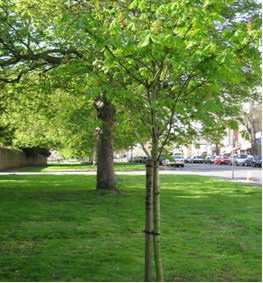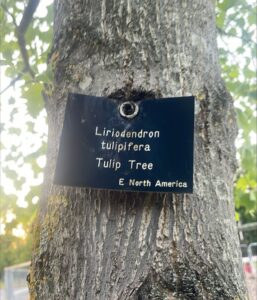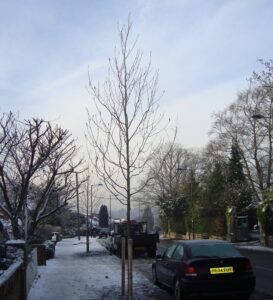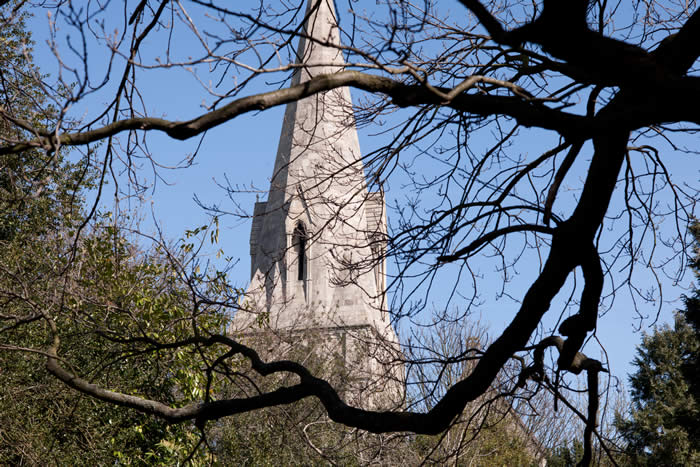
The conservation area has been the fortunate recipient of the planting of previous generations. However, storms, accidents, traffic pollution and building developments have reduced this rich inheritance. Even the Minchenden Oak at the centre of Minchenden Gardens is displaying some damage and in many other areas of the conservation area, trees have been lost.
Loss of Cannon Hill Horse Chestnuts
The Horse Chestnuts on The Green and Cannon Hill were large trees that, with age, suffered the varying effects of weather, leaf miner and infections. But 15 years ago another ailment known as ‘bleeding canker disease’ took hold. This caused lesions, drying out/weakening/death of the branches; trees progressively became disfigured, lost stability and were too dangerous to remain in situ. This disease had spread rapidly across southern England and the forestry commission estimate that thousands of mature chestnuts have been lost. Cannon Hill was originally planted with elm trees in the late 1920s but after a decade, these were replaced with Horse chestnuts as the elms. About two thirds of the chestnuts which were removed 2011-2016 were over 50 years old with some 20/30 year specimens and four which SGA had sponsored.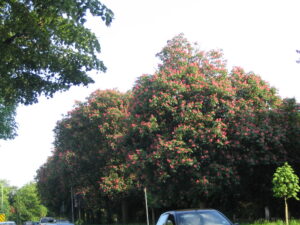
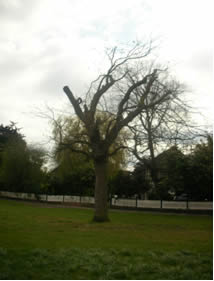
Horse Chestnuts are no longer considered suitable as street trees because of their brittle nature which makes them susceptible to breakage which leads to other problems- infections, etc.
Replacement trees for Cannon Hill And Waterfall Road.
Between 2011 and 2018, the horse chestnuts were removed and replaced with Tulip trees which are hardy and turn a honey colour yellow in the Autumn. The large sycamores on Waterfall Road were replaced earlier in 2009 with Tulip trees on a very snowy December day!
